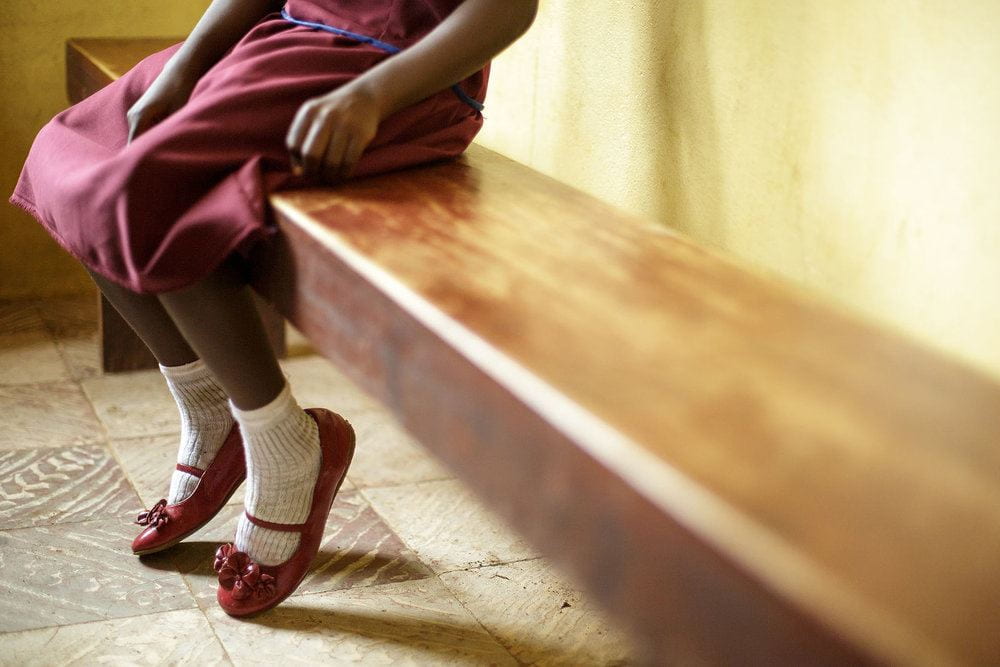“To 8-year-old Nice, it seemed like a threat: She’d be held down by bigger, stronger women, and her clitoris would be cut. She’d bleed, a lot. Most girls fainted. Some died.”
This scene, described by New York Times reporter Jina Moore, reflects the unfortunate, harsh reality for over 200 million females across the globe, 44 million of which are girls aged 15 and under. Female genital mutilation (FGM) is dehumanizing, a non-medical practice that involves partial or complete removal of a woman’s external genital organs. The implications of this procedure can be quite dangerous, including severe bleeding, risk of infection, urinary problems, and childbirth complications. Not only is FGM accompanied by a plethora of potentially life-threatening health risks, but the World Health Organization states that it “reflects deep-rooted inequality between the sexes, and constitutes an extreme form of discrimination against women”.

Although rates of FGM have been decreasing, it remains an especially notable problem in rural Kenyan communities, like Nice’s hometown. Despite the practice being outlawed in Kenya since 2011, the prevalence among ethnic groups such as the Kisii people is still around 84%. Even more shocking, according to a recent news report, FGM rates reach upwards of 95% among the Pokot ethnic group. Nice was one of many girls persuaded into believing that the procedure initiated them into adulthood, ridding them of their supposed “dirty parts”. FGM is also believed to preserve chastity and ensure a woman’s fidelity once married. It stems from generation-old customs that are deep-rooted in African culture, so when Nice challenged the elders by running away from a cutting ceremony, she was heavily ostracized by her community.
Many barriers exist before the complete extinction of FGM is possible, and the biggest barrier is a lack of education. Primarily, girls are plagued with falsehoods about the necessity of FGM. Jina Moore reports that Nice was confronted with lies that she’d become a prostitute, wouldn’t be able to have children, and that her clitoris would grow as large as her ears if she didn’t undergo the procedure. What doesn’t help is that Kenya ranks on the higher end of global illiteracy charts, which UN Women has called “a consistent impediment to engaging affected communities”. Further issues include the silence or even promotion of FGM from political leaders who fear losing votes, and the limited ability of state officers to enforce the law in Kenya’s vast rural regions. Not only that, but there is a need to provide cutters with alternate profit generating activities, as FGM is a source of livelihood for many.
Additionally, it is important to address the attitudes that have shaped FGM as a social and cultural norm. Since the culture of cutting is so deeply ingrained in ethnic groups, it is seen as a fundamental aspect of the transition to womanhood. For example, many mothers refuse to let their sons associate with uncut women, and as Nice experienced, refusing FGM results in being outcast by your peers, family, and entire community. Despite facing adversity, Nice travelled to villages across Kenya, working alongside elders to conceive new, cut-free ceremonies that provide women with alternatives ways to become eligible as a bride. With grit and determination, Nice has overturned century-old customs that governs rite-of-passage ceremonies among Kenyan tribes. She has dedicated her life to empowering girls through proper sexual health education, and to date has saved over 15,000 girls from FGM.
Although Nice is making monumental steps towards the extinguishment of FGM, the fight shouldn’t just come from a single person. Improved awareness, engagement, and support in secluded communities should be a collaborative global effort. Kenya created a unit specifically to investigate FGM cases which has resulted in numerous prison sentences. The East African Legislative Assembly recently created the Sexual and Reproductive Health Rights Bill to further protect against cutting. Just a couple of months ago, Canada’s International Development Minister pledged 3 million dollars to help combat FGM in rural communities of Benin. As Nice said, it is essential to tackle “whatever takes away the dreams of our girls” so that we can focus on promoting equity, education and empowerment of women.
Looking forward, should we be hopeful that abolishing FGM is a realistic and attainable goal? Currently, FGM rates are on a downward trend as activists, civil society organizations and politicians continue to push for bans against unethical practice. However, FGM still occurs across the globe, and the solution doesn’t rest solely on changing a couple of laws. A comprehensive approach involving education, increased awareness and funding provides a solid framework upon which FGM can properly tackled, and has been proven to create lasting change. The future looks optimistic in terms of eradicating cutting practices, and by working together it is possible to create a world where none of our mothers, sisters or daughters ever have to fear FGM.

Kiana Gibson is a first year Arts and Science student at the University of Guelph who is focusing on International Development and Nutritional Science. Having lived overseas at a young age, she has always been interested in international issues and taking IDEV*1000 opened her eyes to the many global inequalities still present in the world. She firmly believes that women’s empowerment plays a key role in future-proof development, and hopes to continue exploring this topic throughout her degree.

